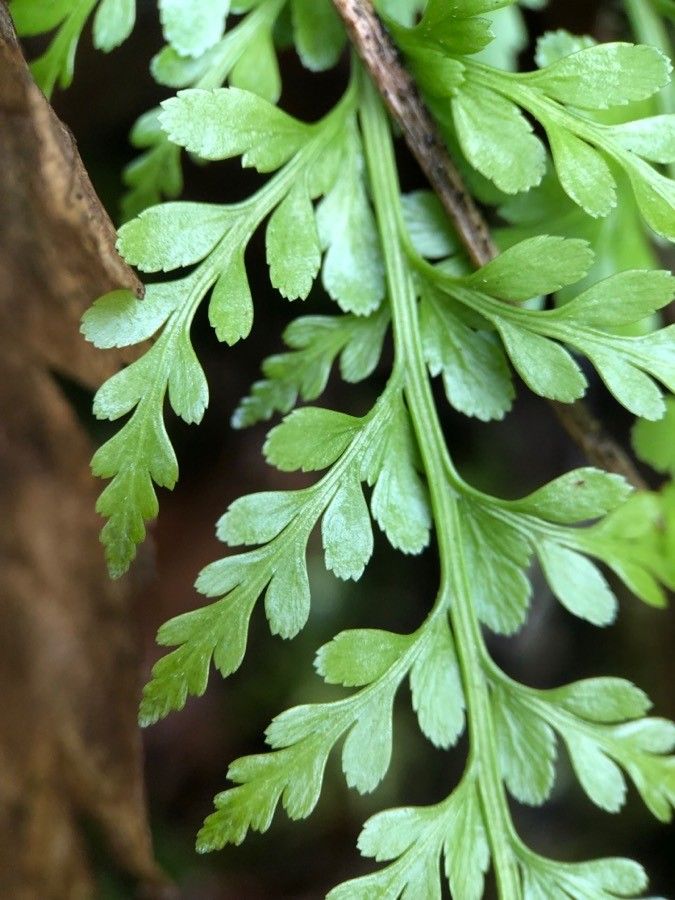From One to Many: Unlocking the Secrets of Asplenium cuneatum Propagation
Asplenium cuneatum, also known as the “bird’s nest fern,” is a popular houseplant known for its striking, textured foliage and air-purifying capabilities. But what happens if you want to share this beautiful plant with others, or simply expand your own collection? Thankfully, propagating these ferns is easier than you might think!
The Power of Spores: A Quick Guide to Sexual Propagation
While many plant species rely on seeds for reproduction, Asplenium cuneatum utilizes spores. These tiny, dust-like particles are found on the underside of the fern’s fronds, tucked away in structures called sporangia. This process, though fascinating, is a little more involved for the average plant enthusiast.
-
Understanding the Process: To propagate from spores, you need to collect mature spores, sow them in sterile compost, and provide high humidity and consistent temperatures (around 70°F). This process requires patience and careful attention to detail, as spores are incredibly small and slow-growing.
- Why Not Try It? While spore propagation takes time, it is a thrilling journey for those who appreciate nature’s intricacies. It also allows you to create unique genetic variations, adding a touch of magic to your home gardening experience.
The Simpler Route: Asplenium cuneatum Vegetative Propagation
For the majority of home gardeners, the easiest and most rewarding method of propagation is through vegetative methods. This involves taking cuttings from the existing plant and encouraging them to develop roots, creating a new plant with the same genetic makeup as the parent.
1. The Division Method:
- Ideal Timing: Early spring is the best time to divide an Asplenium cuneatum.
- The Process: Carefully remove the plant from its pot and separate the rhizomes, the horizontal stems that grow along the soil surface. These rhizomes will contain several plantlets. Ensure each plantlet has its own set of roots.
- Repotting: Repot each newly divided plantlet in a pot filled with well-draining potting mix.
2. Leaf Cuttings (Rarely Used):
- The Challenge: Asplenium cuneatum does not readily propagate from leaf cuttings.
- Possible Method: You can attempt to remove a healthy leaf section, place it in a humid environment with a lot of light, and encourage the formation of new plantlets from the base.
Tips for Success:
- Cleanliness: Sterilize tools to prevent fungal infections.
- Humidity: Keep the newly propagated plant in a humid environment using a propagation dome, misting frequently, or utilizing a plastic bag.
- Light: Place the plant in indirect sunlight to allow for healthy growth.
- Patience: Be patient! Allow the plantlets ample time to establish new root systems.
A Final Note:
Propagating your favorite plants is not just a budget-friendly way to increase your greenery. It’s a unique and engaging form of gardening. With some patience, a little care, and this guide, you can effortlessly multiply your Asplenium cuneatum and share the beauty of this fern with friends, family, or simply cultivate your own indoor jungle.
